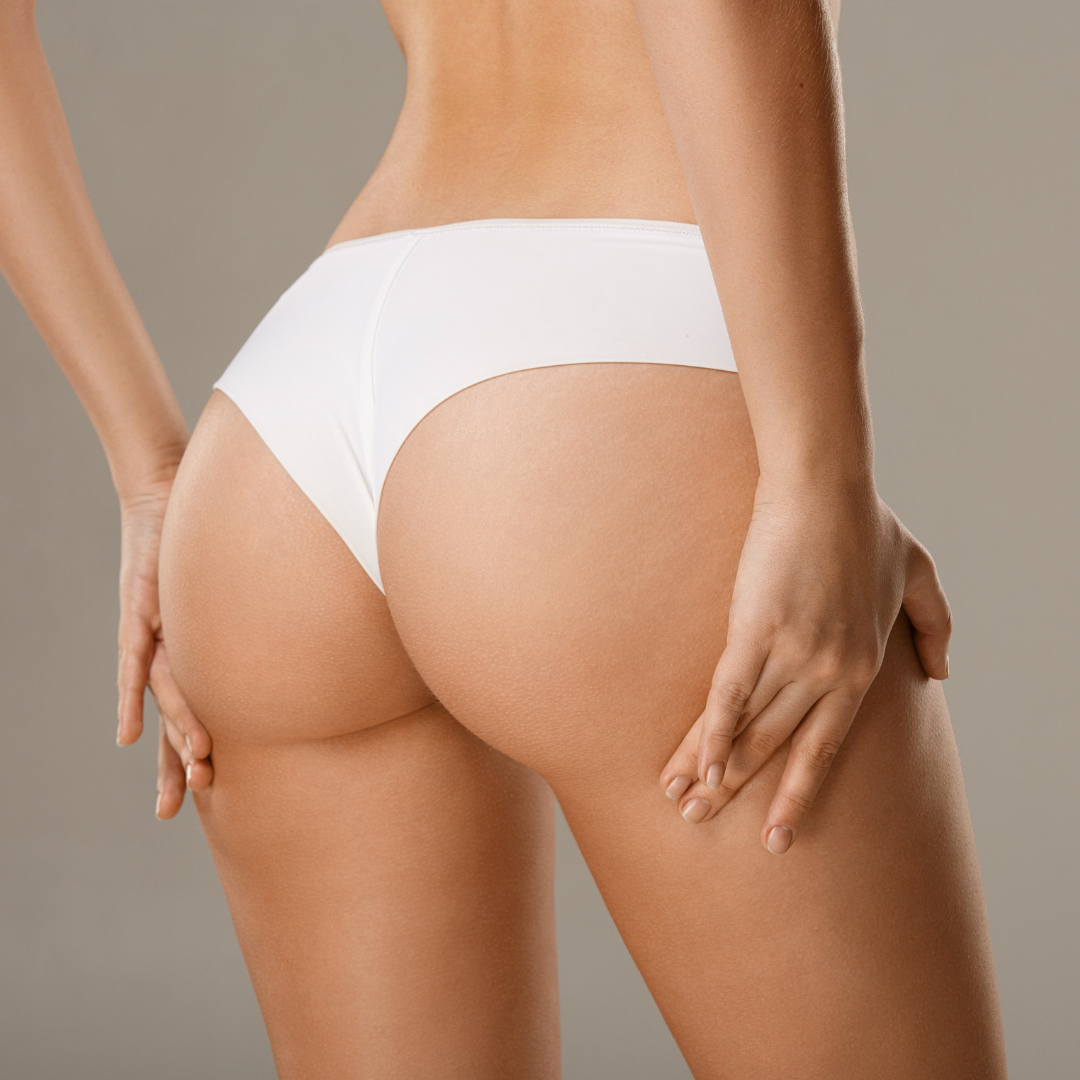
In recent years, the Brazilian Butt Lift (BBL) has become one of the most popular cosmetic procedures for individuals looking to enhance their curves and achieve a more aesthetically pleasing silhouette.
This procedure, known for its natural-looking results and dual benefit of body contouring, involves transferring fat from other parts of the body to the buttocks.
Let’s delve into the details of what makes the BBL so sought-after and what potential candidates should know before undergoing this transformative surgery.
Now Aesthetic
Contact
A Brazilian Butt Lift is a specialized fat transfer procedure that augments the size and shape of the buttocks without implants. Liposuction is first used to remove fat from areas such as the abdomen, hips, thighs, or lower back.
The extracted fat is then purified and strategically injected into the buttocks to achieve the desired volume and contour. This two-step process not only enhances the buttocks but also sculpts the donor areas, leading to a more balanced and proportionate body shape.
Natural Results: Unlike silicone implants, the BBL uses the patient’s own fat, which feels and looks more natural. This also minimizes the risk of rejection or allergic reactions.
Dual Contouring: The procedure simultaneously slims down areas with excess fat while augmenting the buttocks, providing a comprehensive body contouring effect.
Reduced Risk of Complications: Since the BBL avoids the use of foreign materials, the risk of complications associated with implants, such as capsular contracture, is significantly reduced.
Improved Self-Confidence: Many patients report higher self-esteem and confidence levels following the procedure, feeling more comfortable in their skin and with their new body contours.

While the Brazilian Butt Lift offers many advantages, it is essential to understand the risks and considerations involved. These include:
Surgical Risks: As with any surgery, there are risks of infection, bleeding, and anesthesia complications. Choosing a board-certified and experienced plastic surgeon can mitigate these risks.
Fat Absorption: Not all the transferred fat will survive, and there may be a need for additional procedures to achieve the desired result.
Recovery Time: The recovery period can be extensive, requiring patients to avoid sitting or lying directly on their buttocks for several weeks to ensure optimal fat retention and healing.
Cost: The BBL can be costly, and since it is considered a cosmetic procedure, it is usually not covered by insurance.
Ideal candidates for a Brazilian Butt Lift are individuals who:
The recovery process after a Brazilian Butt Lift typically involves several stages:
Immediate Post-Operative Period: Patients will experience swelling, bruising, and discomfort in the areas where liposuction was performed and where the fat was injected. Pain medication and antibiotics may be prescribed to manage discomfort and prevent infection.
First Two Weeks: It is crucial to avoid sitting directly on the buttocks for at least two weeks post-surgery. Special cushions or pillows can be used to offload pressure when sitting is necessary. Patients should sleep on their stomach or sides to avoid putting pressure on the buttocks.
Weeks Three to Six: Swelling will gradually subside, and patients can begin to sit for short periods using a BBL pillow. Light activities can be resumed, but strenuous exercise should be avoided.
Long-Term Recovery: Full recovery and final results can take up to six months. It’s important to follow all post-operative instructions from the surgeon, including wearing compression garments and attending follow-up appointments to monitor progress.
The results of a Brazilian Butt Lift can be long-lasting, but they depend on several factors:
Fat Survival: Not all transferred fat cells will survive. Typically, about 60-80% of the fat survives the transfer process. The surviving fat cells will integrate into the existing tissue and behave like normal fat cells.
Lifestyle Factors: Maintaining a stable weight is crucial. Significant weight fluctuations can affect the results, causing the buttocks to increase or decrease in size.
Long-Term Care: Adopting a healthy lifestyle, including a balanced diet and regular exercise, helps maintain the results. Avoiding smoking is also important, as it can negatively impact the healing process and fat survival.
While the fat cells that survive the initial transfer are permanent, aging and gravity will naturally affect the body over time. Periodic touch-ups or additional procedures may be desired to maintain the desired look.
Like any surgical procedure, a Brazilian Butt Lift carries certain risks and potential complications. These include:
Infection: As with any surgery, there is a risk of infection. Following proper post-operative care and taking prescribed antibiotics can help minimize this risk.
Fat Embolism: This is a rare but serious complication where fat enters the bloodstream and blocks blood vessels. It requires immediate medical attention.
Asymmetry: There may be unevenness in the shape or size of the buttocks after the procedure. This can sometimes be corrected with additional procedures.
Scarring: Although the incisions for liposuction are small, there is still a risk of noticeable scarring. Proper wound care and following your surgeon’s advice can help minimize scarring.
Fat Absorption: Not all transferred fat cells will survive, which may result in less volume than expected. Additional fat grafting procedures may be needed to achieve the desired outcome.
It’s essential to choose a board-certified and experienced plastic surgeon to minimize these risks and ensure the best possible results. Always discuss potential risks and complications with your surgeon during the consultation.
Now Aesthetic © All rights reserved.
